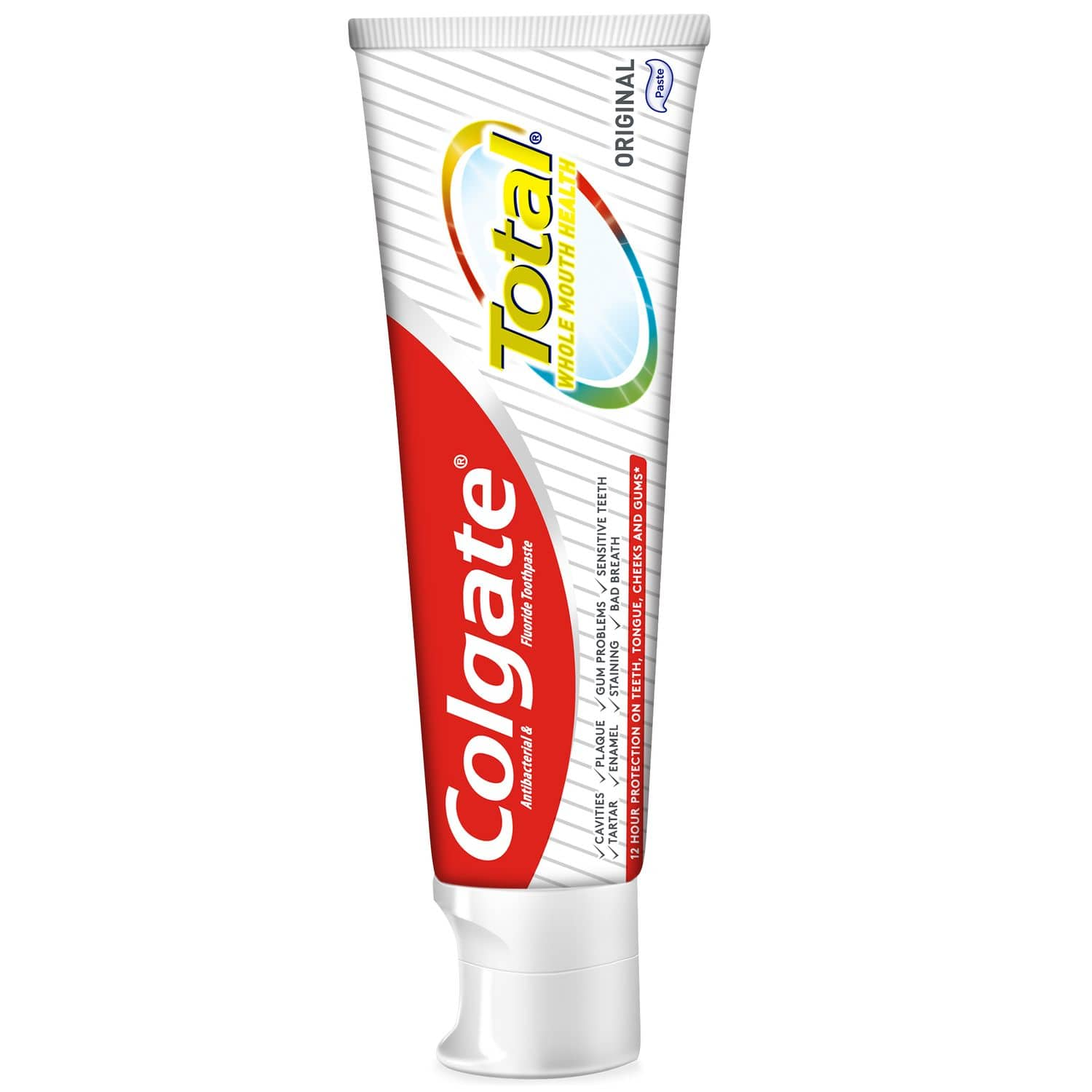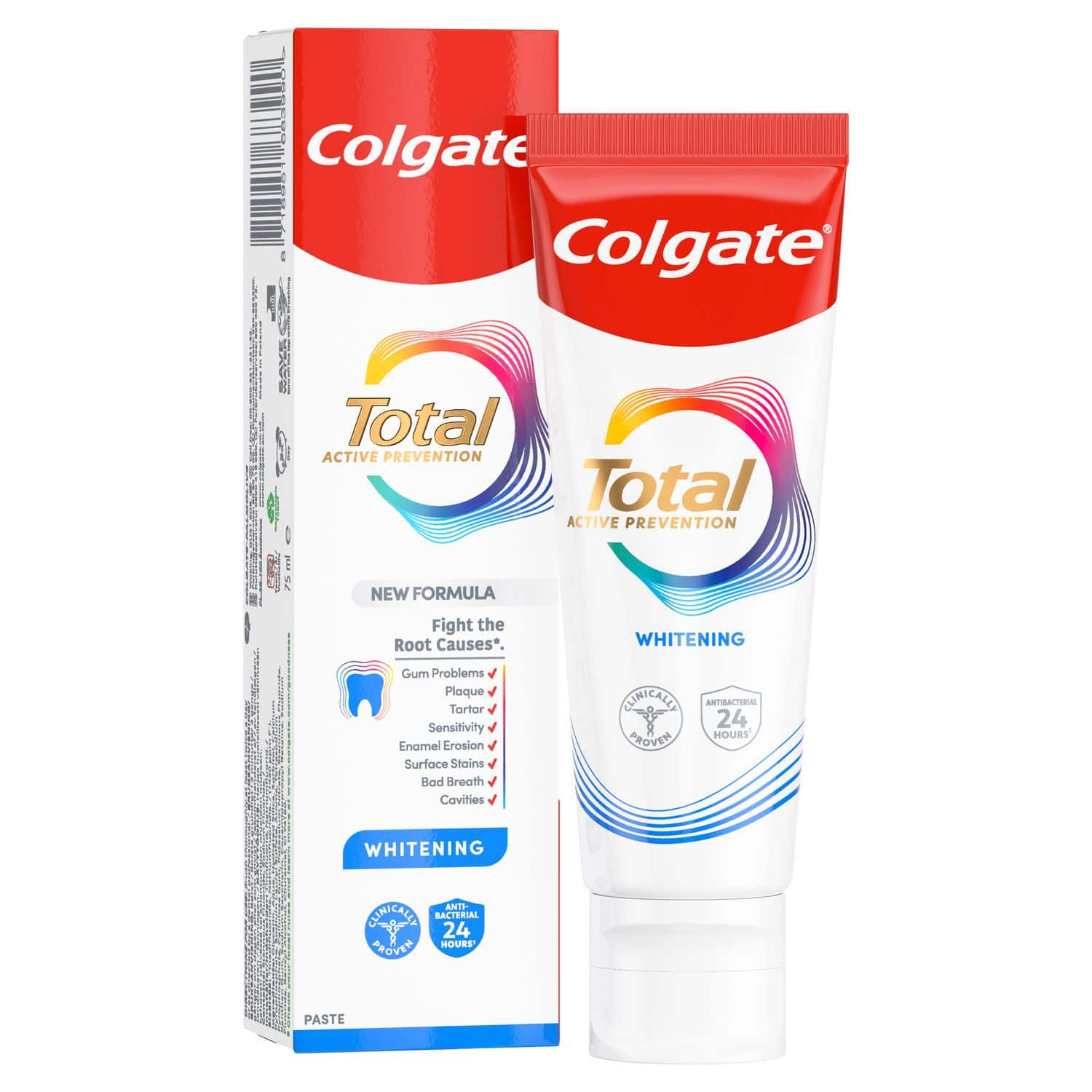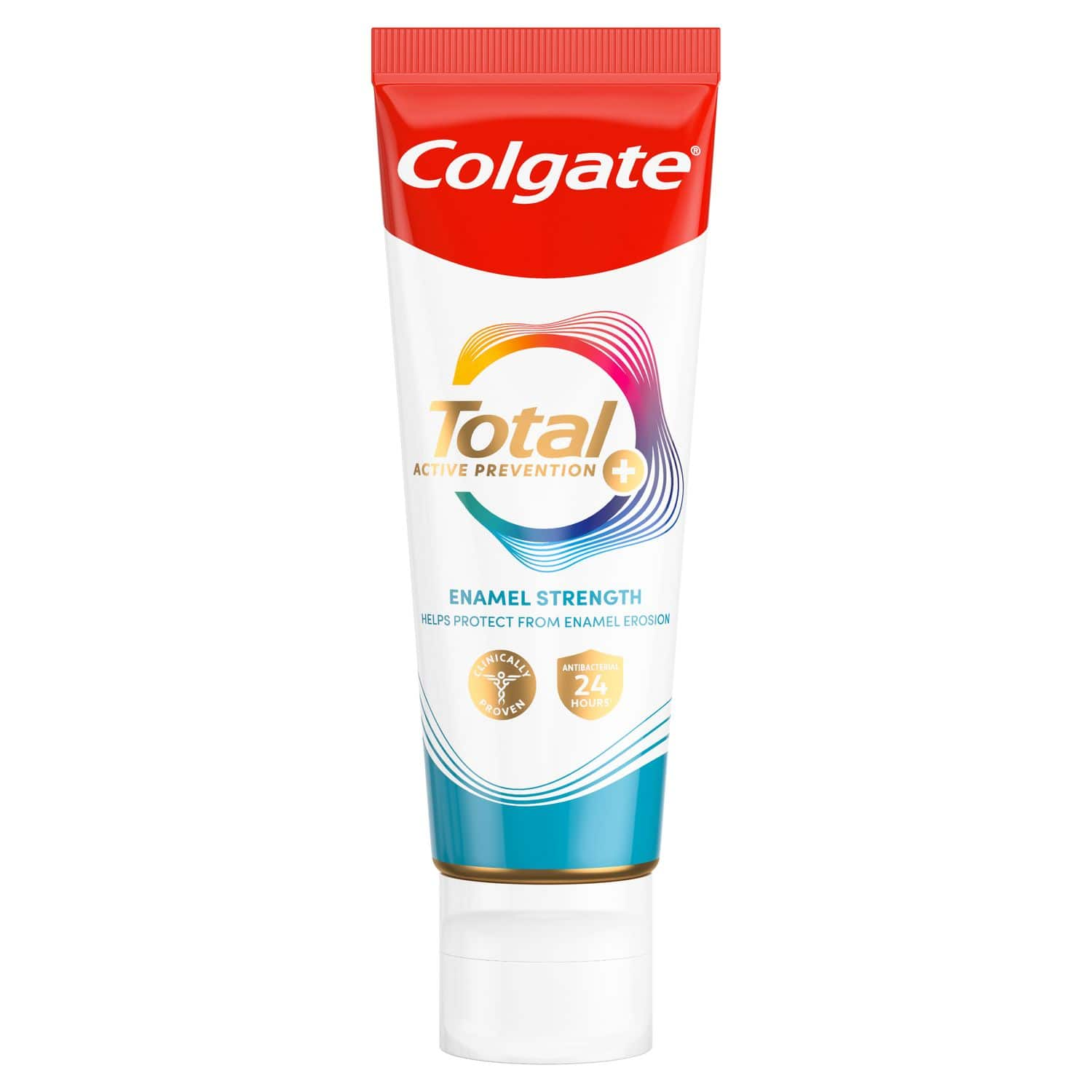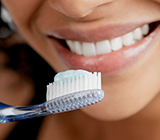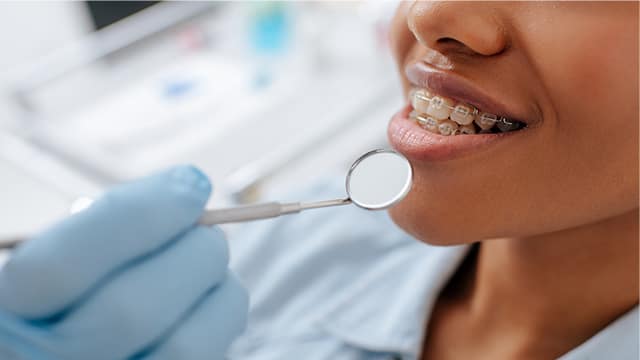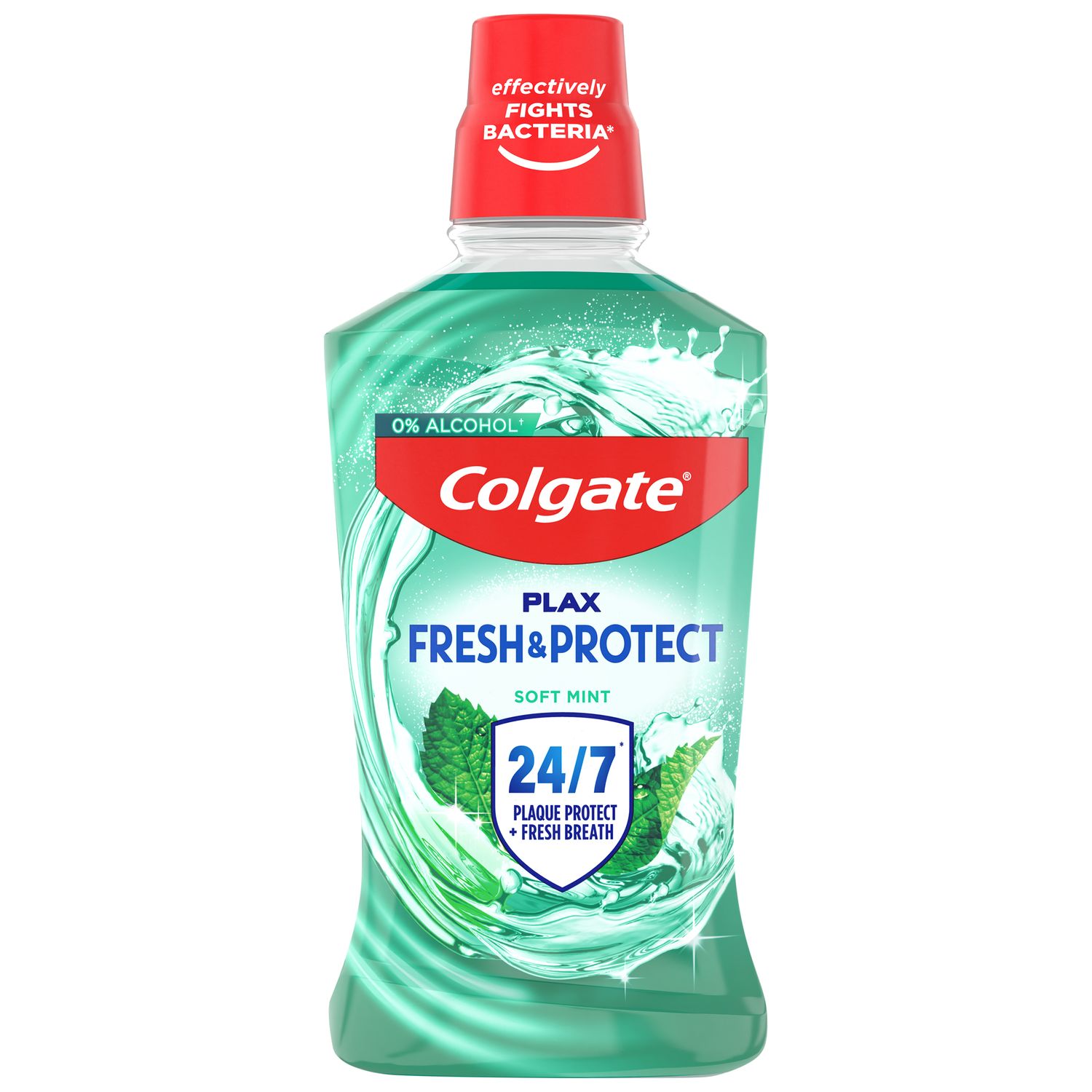What is tooth decay?
Tooth decay can occur when acid is produced from the plaque that builds up on or between your teeth. If plaque is allowed to build up, it can lead to a number of problems.
The term ‘caries’ refers to the start of tooth decay, where bacteria produce acid to start eating away at a healthy tooth and enamel is weakened. Over time, dental caries can progress into cavities and form a hole in your tooth because of the decay.
People of all ages can get dental caries or tooth decay, if you have an untreated hole in your tooth it can cause pain, infection or even tooth loss.
How does tooth decay occur?
Tooth decay is a common problem and can be caused by a number of factors including:
Poor oral hygiene: not brushing your teeth regularly or thoroughly, not flossing between teeth or brushing your tongue mean that you’re at greater risk of developing dental caries, either on the surfaces of your teeth or caries between the teeth.
Consuming a lot of sugary or starchy foods that cling to your teeth.
Frequent snacking between meals or sipping on sugary or acidic drinks throughout the day.
Gum recession: over time, gums can recede making teeth more susceptible to tooth decay.
Dry mouth: a lack of saliva can cause tooth decay as food and plaque aren’t being washed away from your teeth. Certain medical conditions and medications can cause dry mouth.
Location: tooth decay often occurs in your back teeth (molars and pre-molars) as these areas are harder to reach and can collect food particles easily.
How to spot tooth decay symptoms
The symptoms of dental caries or cavities can vary based on how advanced the decay is. With caries, you may not experience any symptoms, however, as the decay progresses you may notice some of the following symptoms:
Toothache for no apparent reason
Tooth sensitivity
Pain when eating or drinking something sweet, hot or cold
Pain when you bite down
Visible holes in your teeth
Brown, black or white staining on the surface of your teeth
How to treat and prevent tooth decay
Visiting the dentist for check-ups and cleaning twice a year is the best way to catch dental caries and tooth decay early on. Dentists can also take x-rays of your mouth to check for a hole in your tooth before it is visible externally. Once your dentist knows the extent of the tooth decay, they can arrange a treatment plan to prevent it from getting worse. Cavity treatments can include fillings, root canal therapy and tooth extraction.
A good oral hygiene routine can get rid of plaque, acids and bacteria that cause tooth decay and dental caries. Some things you should consider to minimise your chances of developing tooth decay include:
Brushing your teeth twice a day with a soft-bristled brush and a fluoride toothpaste specifically formulated to fight the plaque bacteria that causes cavities and caries.
Daily flossing between your teeth or using interdental brushes to clean hard-to-reach spaces.
Cut back on sugary foods and drinks.
Visit your dentist twice a year for check-ups and cleaning.
Dental sealants can protect the top surfaces of your teeth and prevent bacteria from settling in the crevices of your teeth.
Following these tips is a great way to ensure you have a good oral care routine and should keep both tooth decay and caries at bay.
This article is intended to promote understanding of and knowledge about general oral health topics. It is not intended to be a substitute for professional advice, diagnosis or treatment. Always seek the advice of your dentist or other qualified healthcare provider with any questions you may have regarding a medical condition or treatment.
ORAL HEALTH QUIZ
What's behind your smile?
Take our Oral Health assessment to get the most from your oral care routine
ORAL HEALTH QUIZ
What's behind your smile?
Take our Oral Health assessment to get the most from your oral care routine
